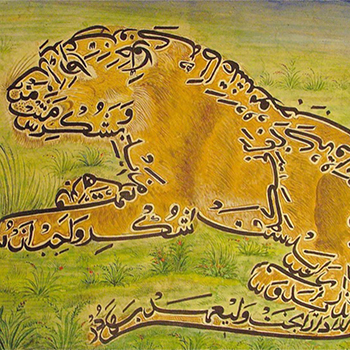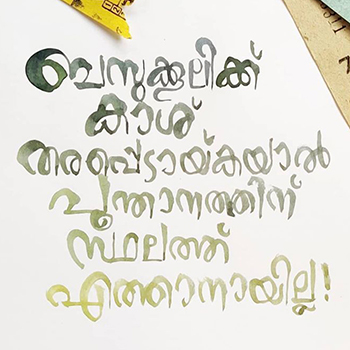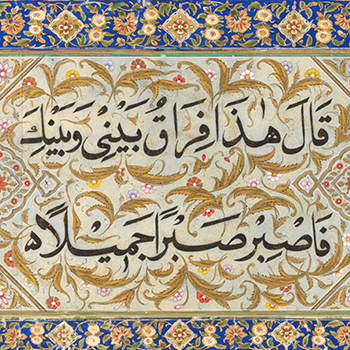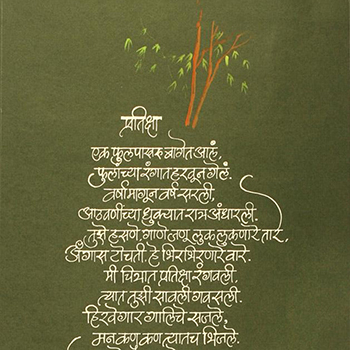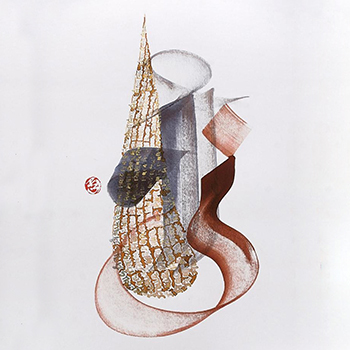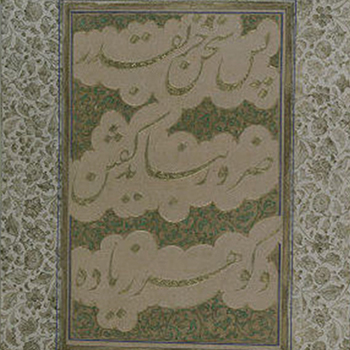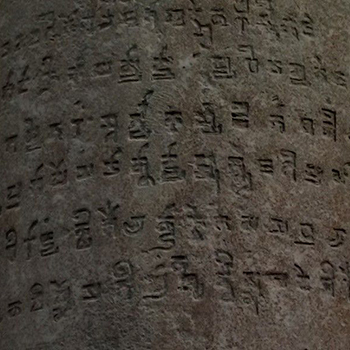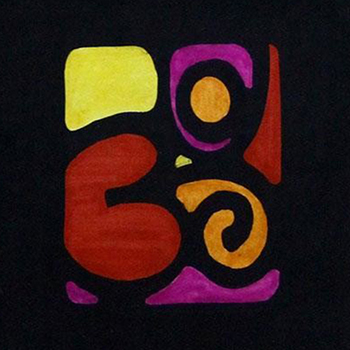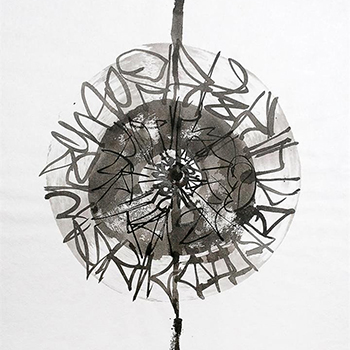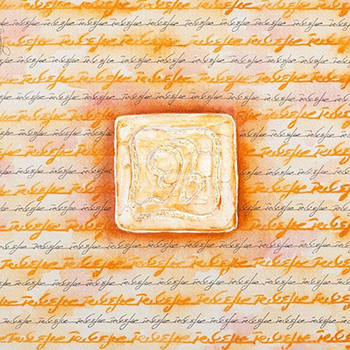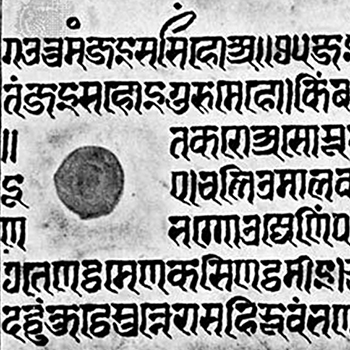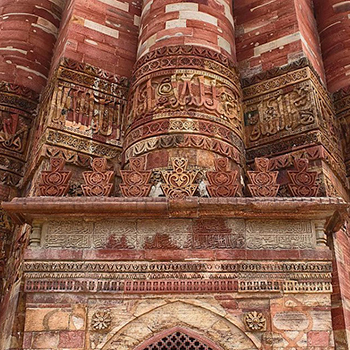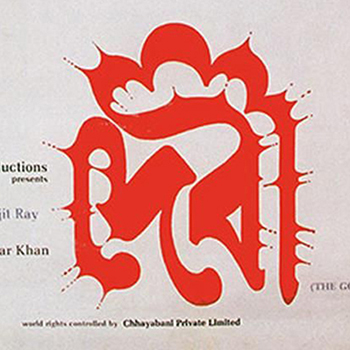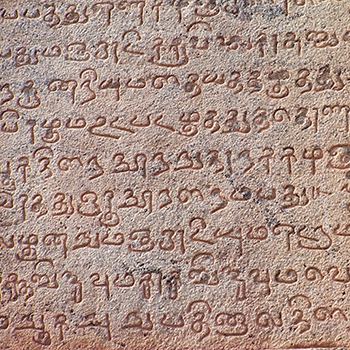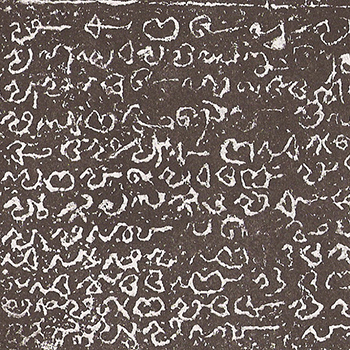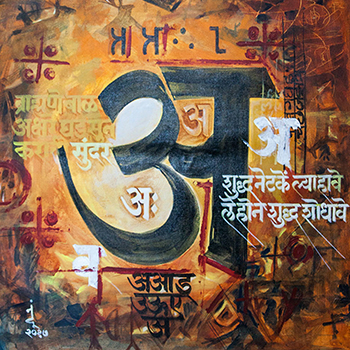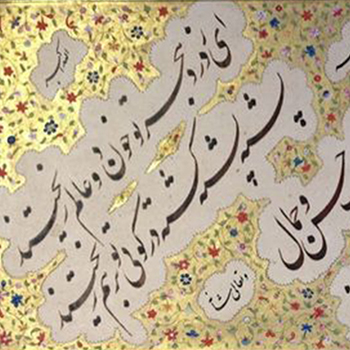Tipu adopted the tiger motif in multiple ways as his own symbol. Easily the most noticeable examples are the decorative tiger head and the characteristic stylized tiger stripe, called babri from the word babr, which means 'tiger'. This is based on an Arabic calligraphy style called khatt mukabil or khatt ma-kus, which means a line that has been inverted or reverted. It is more elaborate. The term asad allah ul-ghalib, which translates to "the victorious lion of God," is also included in the calligraphic tiger motif. Examples of its use on Tipu Sultan's belongings include a banner and some of his military weapons and equipment.
Category: Evolution of Calligraphy in India
Period: (1700-1799) Pre Industrialisation
References: https://llewelynmorgan.com/tag/tipu/
